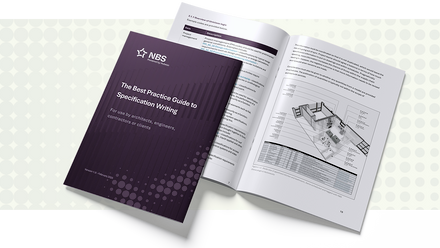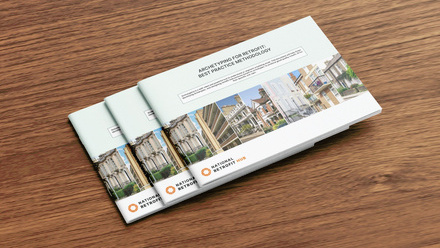Subsidence 'surge years' create waves of major insurance claims, reveals IStructE guide
Experts in a new guide from the Institution of Structural Engineers (IStructE) say extended periods of exceptionally, hot dry weather with record-breaking summer temperatures have resulted in subsidence 'surge years', creating waves of significant property insurance claims.
Called Subsidence, the guide defines surge years when more than 50,000 subsidence claims are submitted. These have included 2003 and 2006, with significant activity in 2010, 2011 and 2022, placing great financial pressure on insurers.
The guidance explains that as the climate continues to change with warmer, wetter winters and hotter, drier summers, there is an expectation of an increasing number of properties at risk from ground movement. As a result, the financial services sector is paying more attention to the impact of climate change on subsidence modelling.
Aimed at structural engineers, surveyors, insurers and risk assessors, the guide recommends that excellent customer care is essential to what can be a stressful process for claimants.
John Patch, a subsidence experrt and chair of the publication's contributor group, said: "Subsidence is one of the costliest ground hazards in the UK, with the Association of British Insurers (ABI) recording thousands of claims annually. These can be complicated because many parties are involved in the discovery and the completion of remedial works. And making a subsidence claim can be a stressful and complicated process for the homeowner.
"The experts involved need to place excellent customer care front and centre. Experts need to listen to the insured's concerns, and those of other parties such as neighbours who may also be impacted."
IStructE say these concerns include the logistics of remedial work, to securing future insurance cover and whether the property can be sold in the future.
Patch explained: "As structural experts, our role is to assess the subsidence and create a balanced and fair presentation of the facts. We look at criteria such as the age of the property, the significance of the cracks, and consider if there are leaking drains and whether the property is on subsidence-sensitive soil through the study of geological maps and other data."
Subsidence is caused when changes happen to the ground that supports a building's foundations. It includes shrinkage of clay soils, softening of soil, or collapse of mine workings. These changes can only happen as a direct result of an external factor, such as a change in groundwater level, leaking drains, extremes of climate change and adjacent excavations.
The guidance is now available from IStructE's website here.






